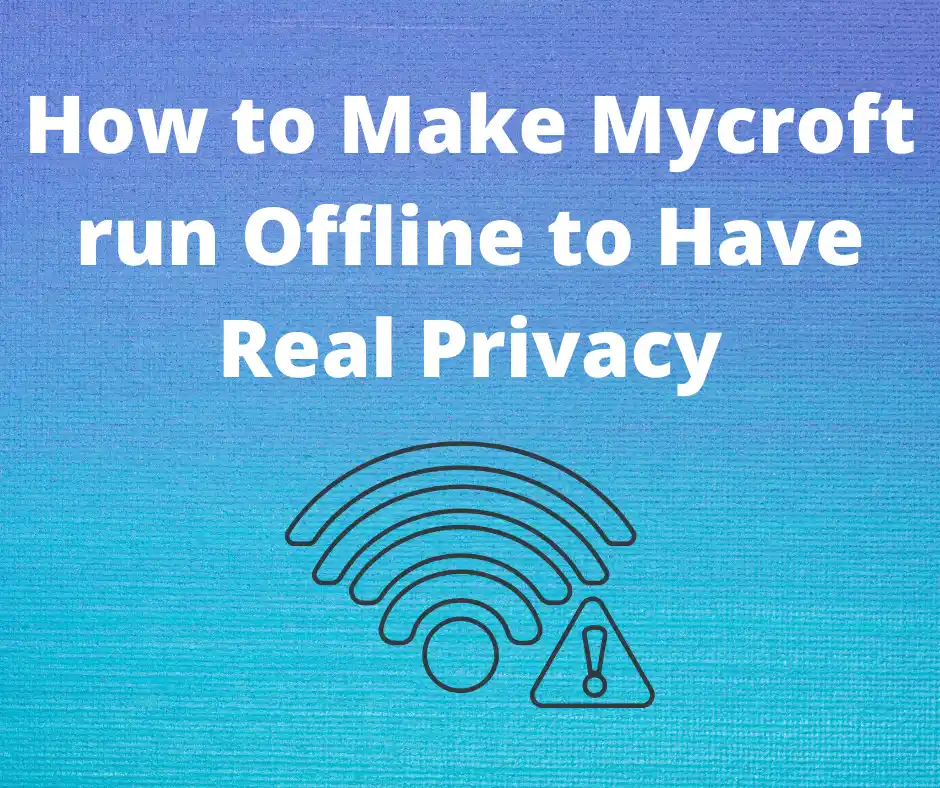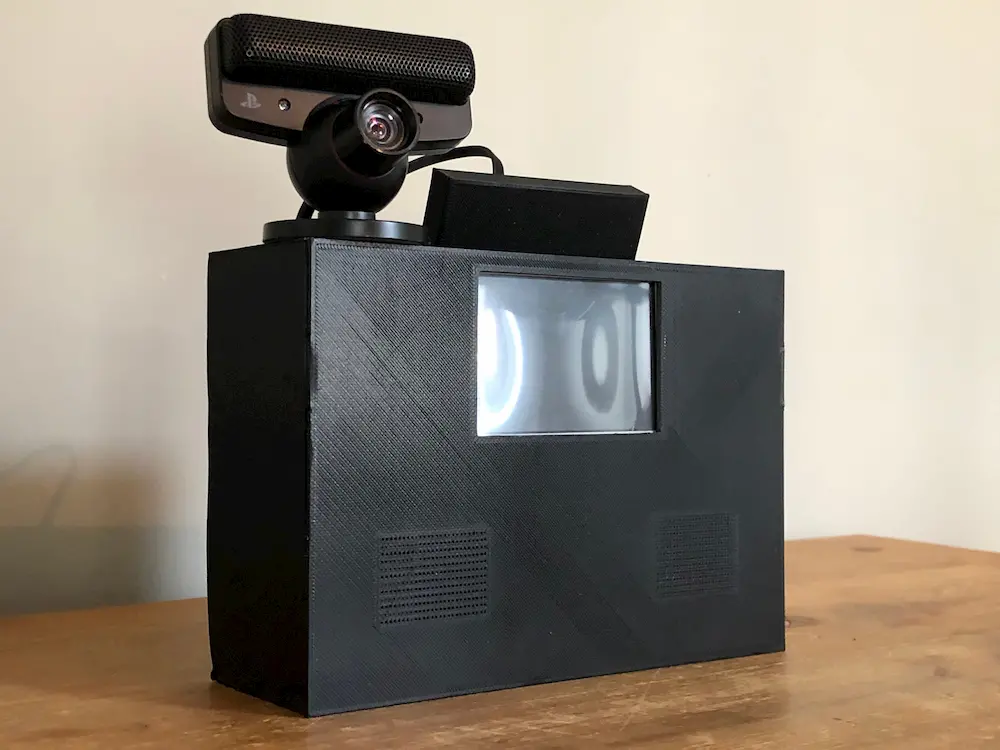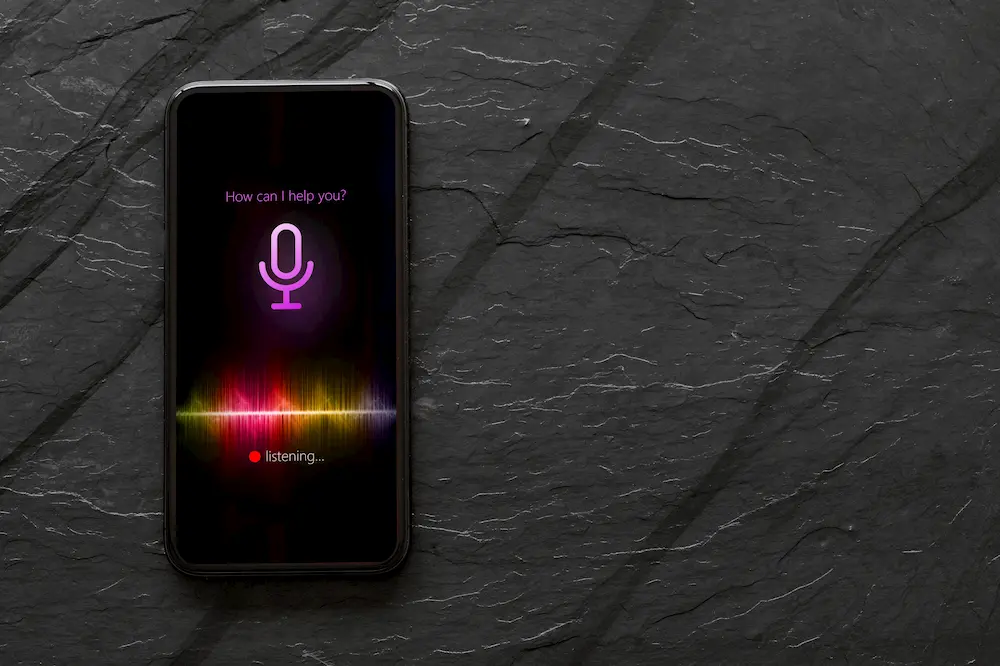Posts in Tutorial
How to Make Mycroft run Offline to Have Real Privacy
Posted on 19th Sep 2020 00:11:56 in DIY, Home Assistant, Tutorial
In a previous post, we demonstrated building a voice assistant out of open source components. One of the issues that we didn't address at the time is that there are still dependencies on the cloud for some of the critical functions, such as the Speech to Text engine. Here we will see how we can modify that system to operate (almost) completely offline.

How to Build a Voice Assistant That Respects Your Privacy
Posted on 16th Sep 2020 18:24:39 in DIY, Tutorial
There are many different voice assistants available, but they share one common trait that seems so difficult to escape: a required connection to the cloud. Today we are going to build a voice assistant that can work completely offline, but we will explore setting up your own TTS and STT servers in a future article. For now, we will use the Mycroft servers which claim to respect user privacy by anonymizing every request and requiring an opt-in to their data collection program.

How to Build a Cheap Thermometer and IR Blaster For Home Assistant
Posted on 14th Sep 2020 18:41:50 in DIY, Home Assistant, Tutorial
The situation seems so familiar: you have an air conditioner unit that uses an IR remote, but you want to control it via your own thermostat. At least then you could manage it remotely or start cooling the air before you get home from work. This was the situation I was in, and to solve it, I built a temperature sensor with an onboard IR blaster, allowing it to also send commands to my portable air conditioner. All of this can be done for under 20$ as a relatively simple DIY project.

How to Automatically Sync iOS Alarms With Home Assistant
Posted on 11th Sep 2020 23:44:34 in Home Assistant, Tutorial
For a very long time now, I have wanted to be able to sync my "bed time" alarm within the iOS clock app with my Home Assistant automations. It would be so nice to only need to specify my alarm in one place instead of multiple or having to abandon the app I've used for so long. I always thought this was impossible, but I have recently discovered that the Shortcuts app on iOS can be used to do this task, and so much more!

How to Easily Connect Siri to Home Assistant
Posted on 7th Sep 2020 13:31:47 in DIY, Smart, Tutorial
As with most things, Apple has its own protocol for smart homes. Personally, I do not find any of the current hub offerings to be worth purchasing, which is unfortunate because the software is pretty well designed. The Home app on both the Mac and the iPhone are super well integrated with Siri and other Apple services, so it would be really great to be able to connect it to your existing smart home. Lucky for us, with Home Assistant it really is super easy to get your Home Assistant devices into the Home app.

Recent Posts
- The Ultimate No-Neutral Smart Switch Review - Which Is best?
- Manufacturing Custom PCBs And Prototypes With PCBWay
- Insteon Is Dead - Why That Matters Even If You Don't Use It
- How To Build A Smart Home Network - A Complete Guide
- How You Can Actually Use Smart Bulbs For Your Entire House